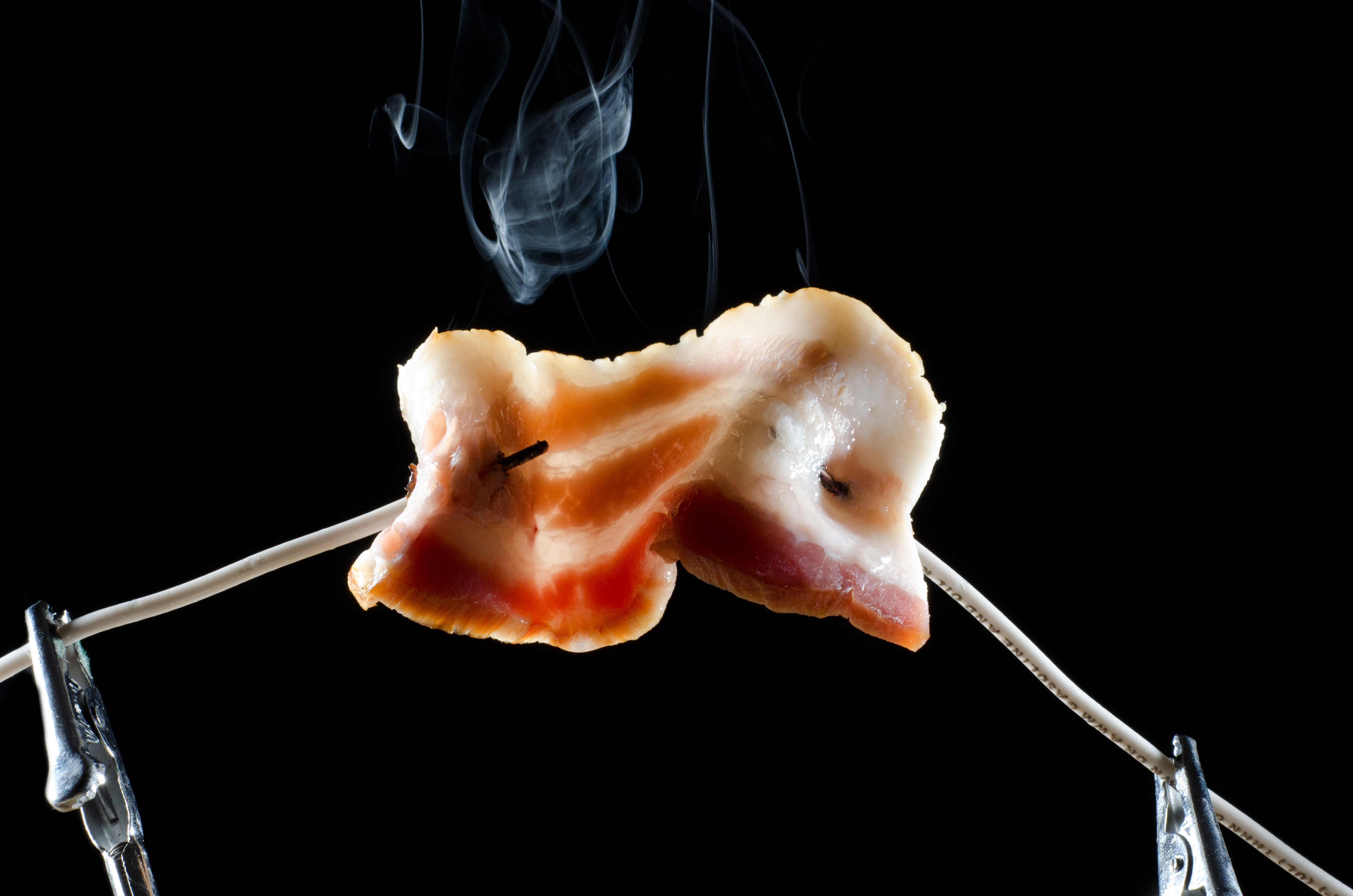Explore Taste Adventures–That Time An Oyster Almost Killed Me And I Got To Ride a Helicopter
Last summer, I had the unbelievable privilege of participating in a documentary produced by Sahale Snacks founders Edmond Sanctis and Josh Schroeter, called Explore Taste …
